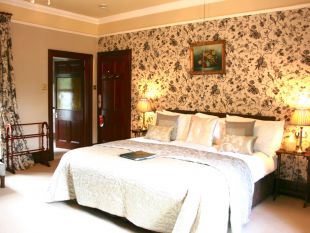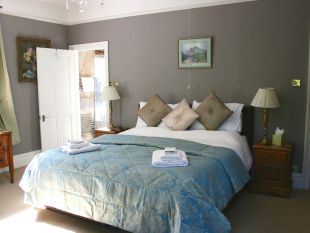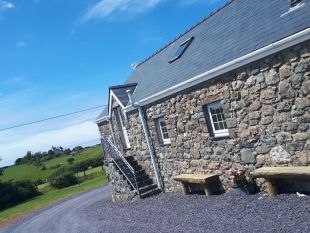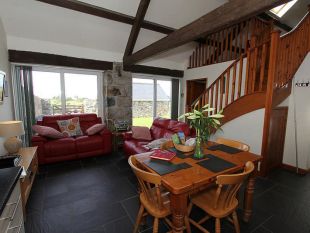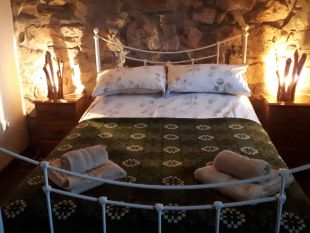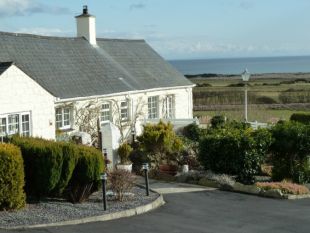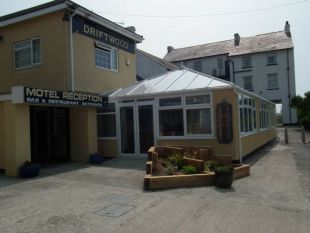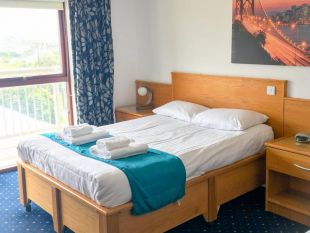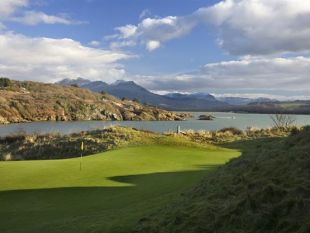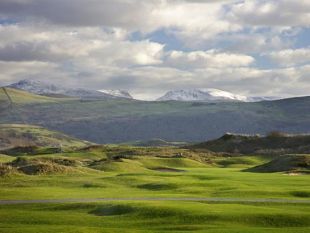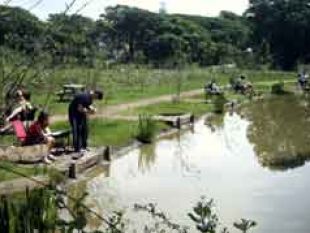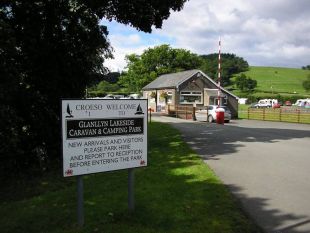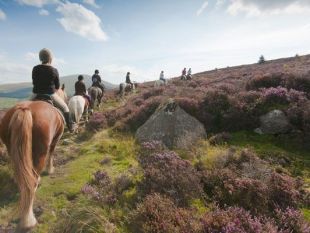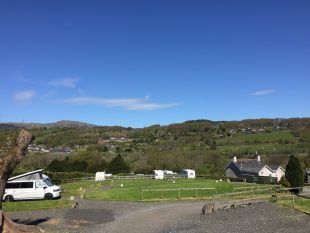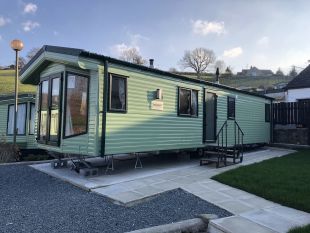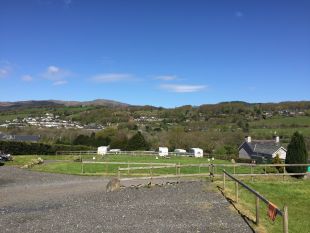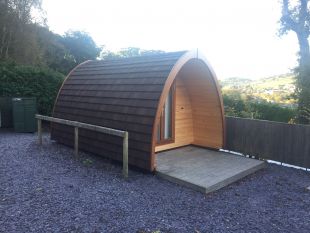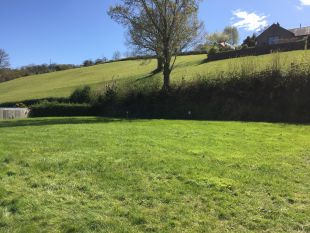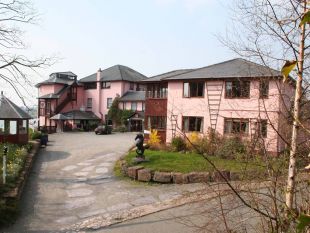North West Wales
Let us help you plan your ideal vacation in North Wales Region...
You can plan your holidays around the children or you can de-stress by heading for those proverbial hills. By a happy coincidence, North Wales caters for both possibilities, blessed with bucket-and-spade beaches as well as snow-tipped mountains, sheltered valleys and shimmering lakes.
It's the kind of landscape that implores you to abandon the car in favour of more intimate forms of transport; it matters not whether you walk or cycle as long as you breathe the air and touch the soil.
Here are some of Britain’s most beautiful vistas, from ocean views to neck-straining panoramas, from formidable castles and hillforts to historic stately homes and blue-rinsed bays.
The more isolated beauty spots held a strong attraction for the painter Turner but he was just one of many leading artists who felt compelled to immortalise the place in oils, verse and prose.
It is the mountains which define this ancient, sheep-grazed terrain, from the statuesque Berwyns of the Dee Valley – with its peat-stained waterfall at Pistyll – to Snowdon, the highest peak in England and Wales.
Part wilderness, Snowdonia National Park covers over 800 sq miles and includes both Snowdon at 3,650ft and the five-peaked massif of Cadir Idris.
As well as ever-changing skies, the Park boasts lowland woods, glacial lakes, dunes and heart-thumping scenery.
Famously explored by 18thcentury geologists and botanists, it welcomes over 14 million visitors each year. They can enjoy some 2,000 miles of designated paths and 23 miles of Cambrian coast.
North Wales by the Wales Tourist Board
The region's coastline has some of Britain's most popular, traditional coastal holiday towns. Wealthy Victorians led the way in their headlong pursuit of sandy beaches and fresh air and the coast has a number of grand resorts replete with swell-washed piers and evocative buildings.
Coming to prominence with the arrival of steam power and the locomotive, they range from traditional resorts such as Barmouth and Criccieth to the sailing centre of Abersoch and evergreen hotspots like Llandudno – famous for its Great Orme – Colwyn Bay, Rhyl and Pwllheli (home of both Plaid Cymru and a large Butlins site).
Inland are hundreds of likely destinations, including sedate Llangollen with its river views, canal trips and steam railway, not to mention its annual international music festival and a 14th century bridge dubbed one of the 'Seven Wonders of North Wales'.
The ancient hill fort of Dinas Emrys has legendary links to Merlin and still exudes a unique magic while the Italianate village of Portmeirion, built in the 1920s by architect Clough Williams-Ellis, is literally fantastic. It has since become famous as the setting of the cult TV series "The Prisoner".
Sweet-natured Betsws-y-Coed boasts a boiling river and the wonderful Swallow Falls and close by is Blaenau Ffestiniog offering darkly-atmospheric slate caverns. The Welsh Slate Museum at Llanberis also celebrates the importance of slate.
While visitors can choose to travel on numerous narrow gauge railways there is history galore round every corner; from Neolithic burial chambers to the largest – and oldest – prehistoric copper mine in Europe.
It was Edward I who left an enduring legacy of castle building in the 13th century. His "ring of iron" includes castles at Conwy, Caernarfon, Harlech and Beaumaris – all part of a continual war for control of Wales that has raged since Roman times.
The rivalry took an astonishing twist in the 15th century when Owain Glyndwr, self-declared Prince of Wales, temporarily defeated the English and even won control of the immense fortress at Harlech. His victory may have been short-lived but it restored a sense of Welsh pride.
Although today’s North Wales still looks mostly rural, it underwent immense change when the brilliant Scottish-born engineer Thomas Telford drove a road from Holyhead to London in the early 19th century, crossing both valley and mountain alike.
He also designed the breathtaking, 126ft high Pontcysyllte Aqueduct as well as the wrought-iron Menai Suspension Bridge linking the mainland to Anglesey.
Read More


